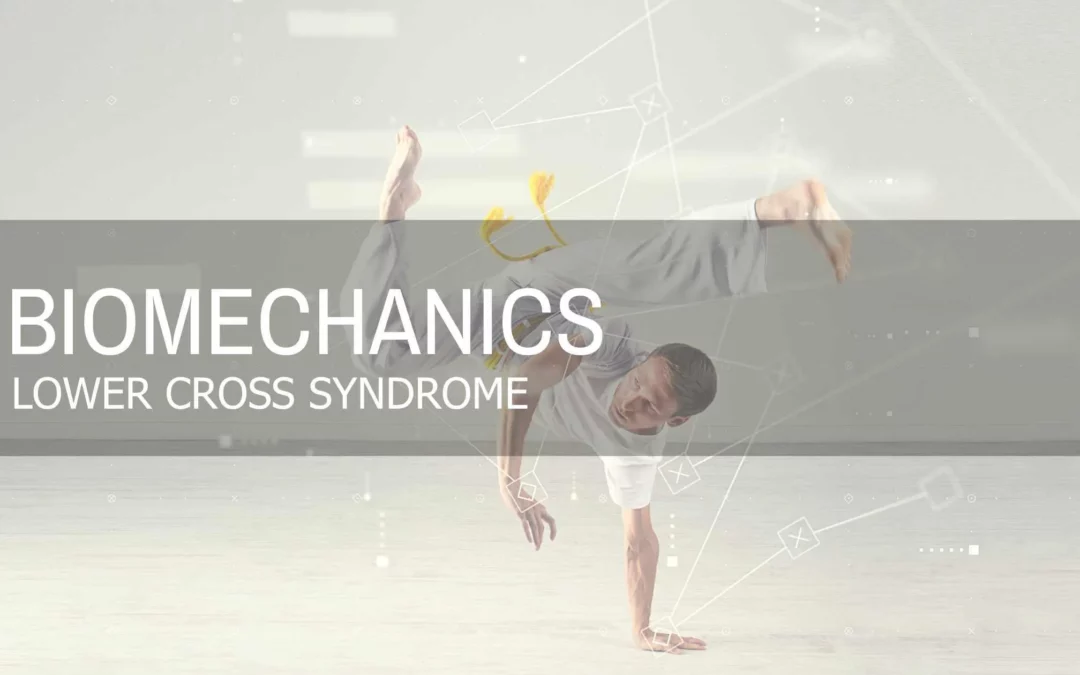What is Lower Cross Syndrome?
Lower cross syndrome refers to a compensation movement pattern in the lower half of the body. It is when the hip flexors and lower back are over activated while the hamstrings and the abdominals are under activated. This results in a muscular imbalance where the hips become tilted backwards from neutral alignment (anterior pelvic tilt). A prolonged anterior pelvic tilt can lead to poor posture, tightness and pain in the hips and lower back, hyperextension of the knee, and issues with core stability and strength.
How Does This Happen?
Poor posture and weakness in the core abdominals can force the body to rely on the hips and lower back to balance the weight. Because of the increase of hours at the office and a sedentary lifestyle, we can put our bodies into inefficient postures. Along with the anterior pelvic tilt, lower cross syndrome can concurrently happen with upper cross syndrome (rolled shoulders with a forward head tilt).
Signs of Lower Cross Syndrome
- Anterior hip tilt
- Weak abdominals
- Weak hamstrings
- Tightness and pain in the lower back and hip flexors
- Pressure and pain in the knees
How Do You Fix Lower Cross Syndrome?
To address lower cross syndrome, it is important to loosen the hip flexors and lower back while strengthening the hamstrings and abdominals. We would recommend the following exercises:
- Release – Gastrocnemius, Quadriceps, Erectors 60 sec each
- Activate – Hamstrings, Gluteals, Abdominals – Laying elevated hip press 2 x 20
- Integrate – Distracted hip and ankle step back 2 x 20




